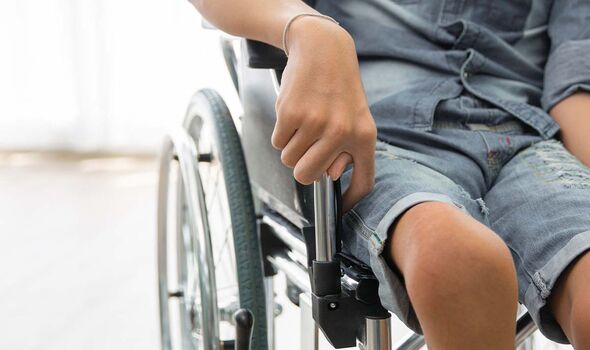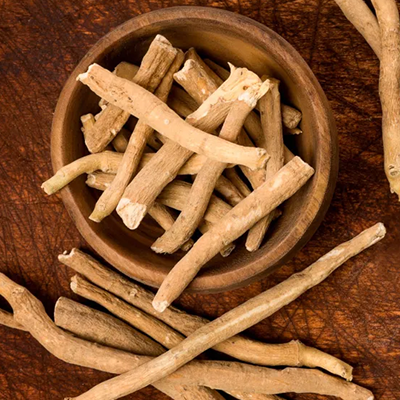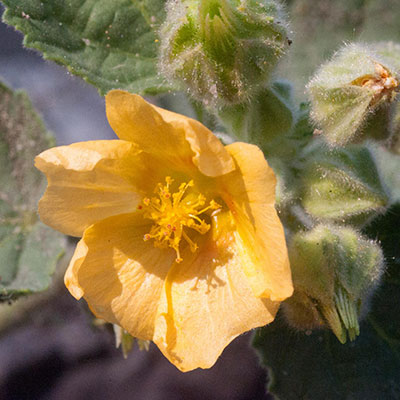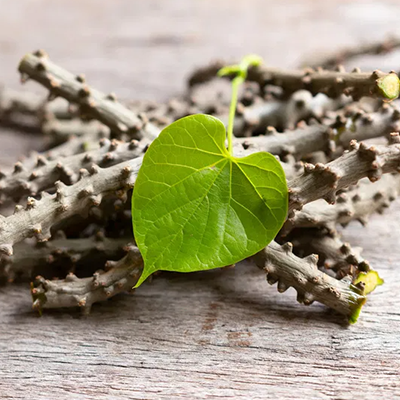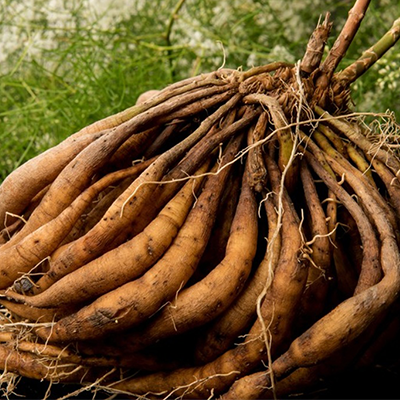Post-Polio Syndrome (PPS) is a condition that affects polio survivor’s years—often decades—after they have recovered from the initial poliovirus infection. It is characterized by new, progressive muscle weakness, fatigue, and pain, which can severely impact the patient’s mobility and overall quality of life. PPS is not a reactivation of the poliovirus but a late effect of the damage caused by the initial infection.
Causes of Post-Polio Syndrome
The exact cause of PPS is not fully understood, but the primary mechanism involves the long-term overuse and degeneration of motor neurons that survived the initial poliovirus infection.
Motor Neuron Overwork
- In the initial infection, many motor neurons were destroyed. To compensate, surviving neurons sprouted new nerve endings to control affected muscles. Over time, this extra workload leads to the degeneration of these enlarged motor units.
Aging
- Natural aging exacerbates the wear and tear of motor neurons, contributing to new muscle weakness.
Chronic Inflammation
- Persistent low-grade inflammation in the nervous system may play a role in PPS development.
Muscle Overuse or Disuse
- Muscles weakened by polio are more prone to damage from overuse or atrophy from disuse, leading to further dysfunction.
Symptoms of Post-Polio Syndrome
The symptoms of PPS vary in severity and progression but generally include:
Muscle Weakness
- New or worsening weakness in muscles that were previously affected by polio, and sometimes in muscles previously unaffected.
Fatigue
- A deep, generalized fatigue not relieved by rest, impacting daily activities.
Muscle and Joint Pain
- Pain in affected areas due to abnormal stress and overcompensation.
Breathing and Swallowing Difficulties
- Weakness in respiratory and throat muscles can lead to shortness of breath, sleep apnoea, and difficulty swallowing (dysphagia).
Cold Intolerance
- Sensitivity to cold temperatures due to poor blood flow and decreased muscle mass.
Sleep Disturbances
- Conditions like sleep apnoea or insomnia due to respiratory muscle weakness.
Cognitive Symptoms
- Difficulty concentrating or memory issues, often secondary to fatigue.
Diagnosis of Post-Polio Syndrome
It is a diagnosis of exclusion, meaning other potential causes of the symptoms must be ruled out. The diagnostic process includes:
Medical History
- History of poliovirus infection and a period of stable recovery before the onset of new symptoms.
Physical Examination
- Assessing muscle strength, joint function, and signs of atrophy.
Electromyography (EMG)
- Tests electrical activity in muscles to detect nerve and muscle damage.
Imaging Studies
- MRI or CT scans to rule out other conditions such as arthritis or spinal cord disorders.
Blood Tests
- To rule out inflammatory or metabolic conditions like hypothyroidism or myositis.
Complications of PPS
Loss of Mobility
- Progressive weakness can lead to reduced independence.
Respiratory Insufficiency
- Weakness of respiratory muscles may cause breathing difficulties or pneumonia.
Psychological Effects
- Anxiety and depression due to declining physical abilities.
Chronic Pain
- Muscle and joint pain can significantly affect quality of life.
Ayurvedic Perspective on Post-Polio Syndrome
In Ayurveda, PPS can be correlated with Vata Vyadhi (neurological disorders) and Mamsagata Vata (muscle-related Vata disorders). It is caused by an imbalance of Vata dosha, which leads to degeneration of muscles and nerves. Ama (toxins) accumulation due to poor digestion (Mandagni) and depletion of Ojas (vital energy) further exacerbates the condition.
Ayurvedic Management
Detoxification (Shodhana)
- Panchakarma therapies to remove toxins and pacify Vata:
- Basti (Medicated enema): Nourishes and strengthens the nervous system.
- Abhyanga (Oil Massage): With medicated oils like Mahanarayan Taila to relieve pain and improve circulation.
- Swedana (Herbal Steam Therapy): Relaxes muscles and alleviates stiffness.
Diet and Lifestyle
- Warm, easily digestible foods to balance Vata.
- Include ghee, nuts, and seeds for muscle nourishment.
- Avoid cold, dry, or processed foods.
- Regular gentle yoga and Pranayama (breathing exercises) for relaxation and improved respiratory health.
Herbal Remedies
Ashwagandha (Withania somnifera)
Strengthens muscles and improves energy.
Bala (Sida cordifolia)
Rejuvenates nerves and muscles.
Guduchi (Tinospora cordifolia)
Detoxifies and boosts immunity.
Rasna (Pluchea lanceolata)
Reduces joint pain and stiffness.
Rasayana Therapy (Rejuvenation)
Focused on rebuilding strength and preventing further degeneration:
- Chyawanprash: A rejuvenative herbal jam for immunity and vitality.
- Shatavari (Asparagus racemosus): For nourishing tissues and reducing inflammation.
- Amalaki (Emblica officinalis): Antioxidant properties for cellular repair.
Although Post polio Syndrome is a progressive condition, an integrative approach combining modern medicine and Ayurvedic therapies can help manage symptoms, slow progression, and improve quality of life. Ayurvedic treatments, focused on holistic care, emphasize strengthening the body and mind, making it a valuable complement to conventional treatments.


